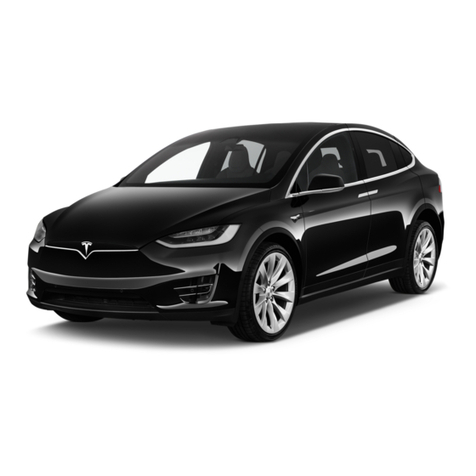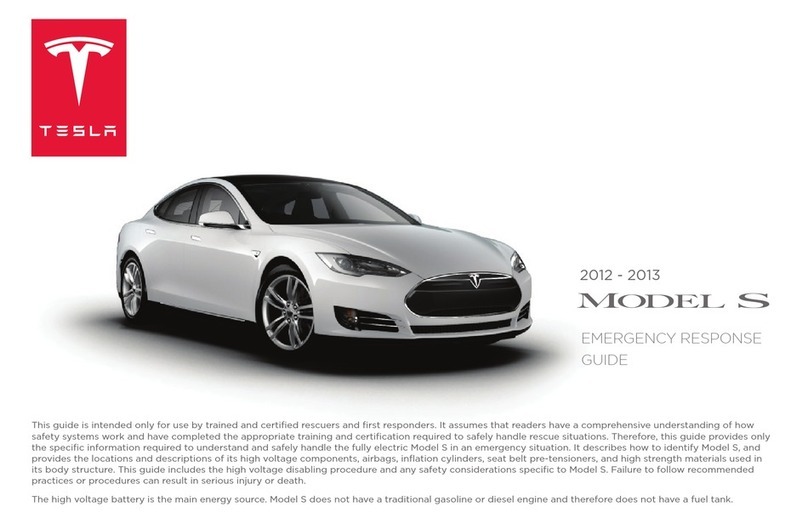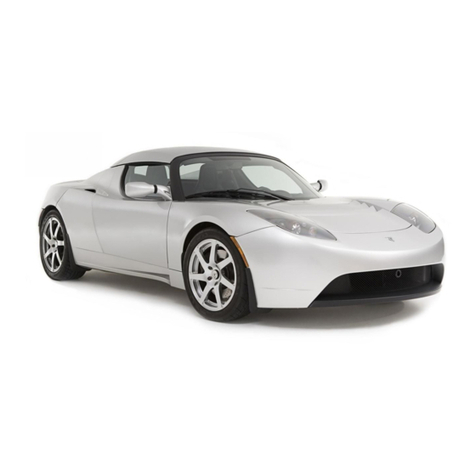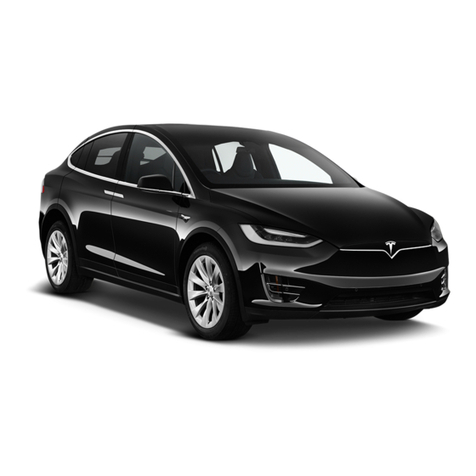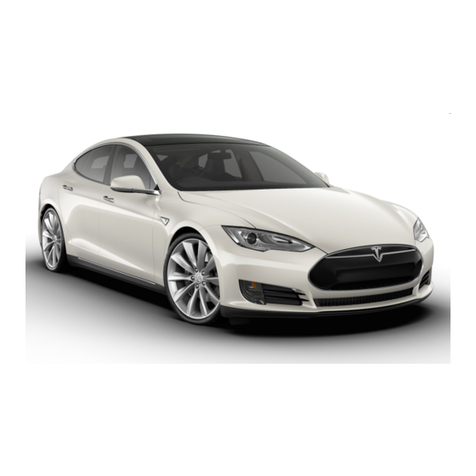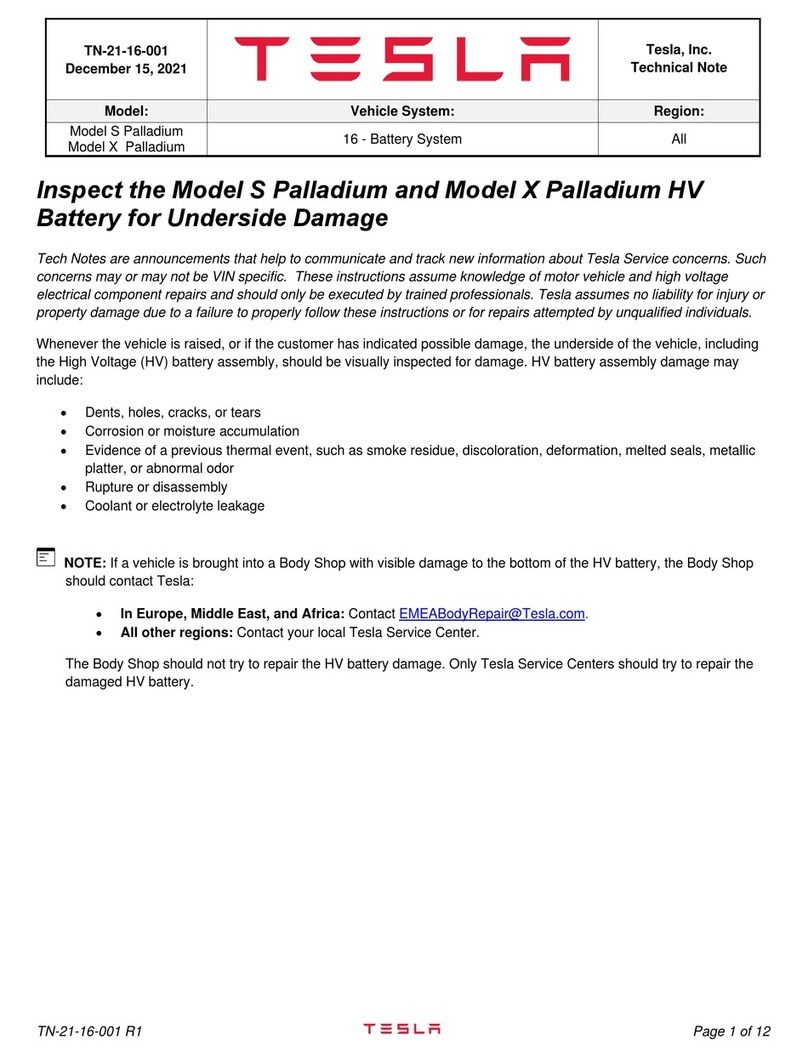
Overview.............................................................2
Interior Overview.........................................................................2
Exterior Overview....................................................................... 3
Opening and Closing..................................... 4
Doors............................................................................................... 4
Windows.........................................................................................9
Rear Trunk....................................................................................10
Front Trunk...................................................................................12
Glove Box..................................................................................... 14
Sunroof.......................................................................................... 15
Cup Holders.................................................................................16
Seating and Safety Restraints...................17
Front and Rear Seats............................................................... 17
Seat Belts......................................................................................21
Child Safety Seats....................................................................24
Tesla Built-In Rear Facing Child Seats...............................31
Airbags......................................................................................... 35
Driving...............................................................39
Driver Profiles............................................................................ 39
Steering Wheel...........................................................................41
Mirrors.......................................................................................... 44
Starting and Powering O....................................................45
Gears.............................................................................................46
Instrument Panel...................................................................... 48
Lights............................................................................................ 54
Wipers and Washers............................................................... 59
Brakes............................................................................................ 61
Traction Control........................................................................ 63
Park Assist.................................................................................. 64
Vehicle Hold............................................................................... 66
Acceleration Modes................................................................. 67
Trip Information........................................................................ 69
Getting Maximum Range...................................................... 70
Rear View Camera....................................................................72
Driver Assistance.......................................... 73
About Driver Assistance........................................................ 73
Trac-Aware Cruise Control................................................76
Autosteer..................................................................................... 82
Auto Lane Change................................................................... 85
Autopark...................................................................................... 87
Lane Assist..................................................................................92
Collision Avoidance Assist....................................................94
Speed Assist...............................................................................97
Using the Touchscreen............................... 99
Touchscreen Overview........................................................... 99
Controls......................................................................................104
Settings.......................................................................................107
Climate Controls........................................................................ 111
Smart Air Suspension.............................................................116
Media and Audio...................................................................... 118
Phone...........................................................................................122
Maps and Navigation.............................................................124
Calendar..................................................................................... 129
Security Settings.....................................................................130
HomeLink®Universal Transceiver....................................... 131
Connecting to Wi-Fi...............................................................133
Software Updates................................................................... 134
Mobile App................................................................................ 135
Charging......................................................... 136
Electric Vehicle Components............................................. 136
Battery Information................................................................138
Charging Instructions........................................................... 140
Maintenance.................................................. 145
Maintenance Schedule..........................................................145
Tire Care and Maintenance................................................. 146
Cleaning......................................................................................152
Wiper Blades and Washer Jets..........................................155
Fluid Reservoirs....................................................................... 157
Jacking and Lifting................................................................ 160
Parts and Accessories............................................................ 161
Specifications................................................162
Identification Labels.............................................................. 162
Vehicle Loading....................................................................... 163
Dimensions and Weights..................................................... 166
Subsystems............................................................................... 168
Wheels and Tires.....................................................................170
Roadside Assistance.................................. 177
Contacting Roadside Assistance...................................... 177
Instructions for Transporters.............................................. 178
Consumer Information.............................. 180
Easter Eggs...............................................................................180
About this Owner Information............................................181
Disclaimers................................................................................ 182
Reporting Safety Defects.................................................... 184
Declarations of Conformity.................................................185
Contents
